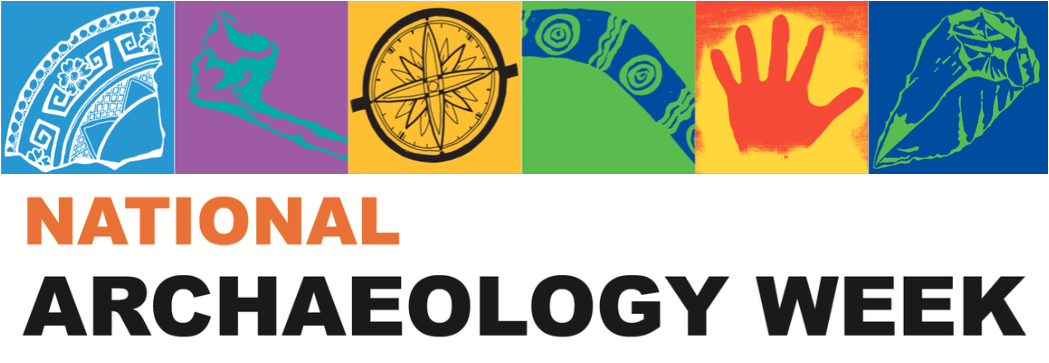Alice Gorman
(Photo credit: Ashton Claridge/Flinders University)
Current position
Associate Professor, Flinders University; member of the Advisory Council of the Space Industry Association of Australia, and President of the Anthropological Society of South Australia.
Where did you study?
My first degree was in Archaeology and Classics at the University of Melbourne. I did my PhD at the University of New England in Armidale.
How did you become interested in archaeology?
When I was a little kid I was given a number of children's books about archaeology. One was Hendrik Wlillem van Loon's 'Ancient Man: The Beginnings of Civilizations', published in 1922 - so it was really out of date by the 1960s! I didn't know that, of course - I loved reading about the Ice Ages and the discovery of Neanderthal people in 1829. Archaeology seemed to be the only discipline which could reveal the mysteries of human existence.
What archaeological projects are you working on at the moment?
My current project is the archaeology of the International Space Station, which has its 20th anniversary of human occupation in 2020. Many people have looked at Antarctic research stations, submarines, and prisons as analogues for living in an enclosed space environment, but no-one has actually attempted archaeology on a space habitat before! I'm working with Justin Walsh of Chapman University in California, in partnership with NASA, to look at how crew have interacted with objects and environments in space. Our data is the millions of images in the NASA archive documenting daily life on the ISS. We're interested in how material culture contributes to creating a unique society in this isolated and challenging location.
Tell us about one of your most interesting archaeological discoveries.
The cable tie is an object that many people have lying about in their kitchen drawers, or garages, or field kits. This humble strap of plastic has so many uses. But it was originally developed at the beginning of the Space Age for cabling in aircraft industry. From there it migrated into space installations, both on Earth and in Earth orbit, and into everyday life. I find this journey fascinating and I'm still researching it.
Tell us about a funny / disastrous / amazing experience that you have had while doing archaeology.
I will never forget doing a survey with the legendary Val Attenbrow, which involved us going, unaware, to a nudist beach in Sydney. It was a sunny summer day and the beach was well-patronised. We were clearly transgressing with our nerdy field clothes and backpacks! After a little while a bloke decided to break the awkwardness and asked if we were lost. 'We know exactly where we are!" said Val, and explained that we were looking for a rock platform with a fish engraving. Well, that mobilised the entire beach, and soon there were about 20 naked men helping us look for the engraving. It turned out to be under the water as the tide was going out. The moral of the story is that local knowledge is invaluable, and sometimes insisting on your right to wear appropriate PPE gets you out of a sticky situation.
What’s your favourite part of being an archaeologist?
Archaeology is so multidisciplinary. I love that my research can take me from archives, to field locations, recording oral history, museum collections, and planetary environmental data collected by a deep space probe. Telling stories from objects and places is fun.
Follow up reading.
Dr Space Junk vs the Universe: Archaeology and the Future (New South Books, 2019)
https://www.newsouthbooks.com.au/books/here-comes-dr-space-junk/

